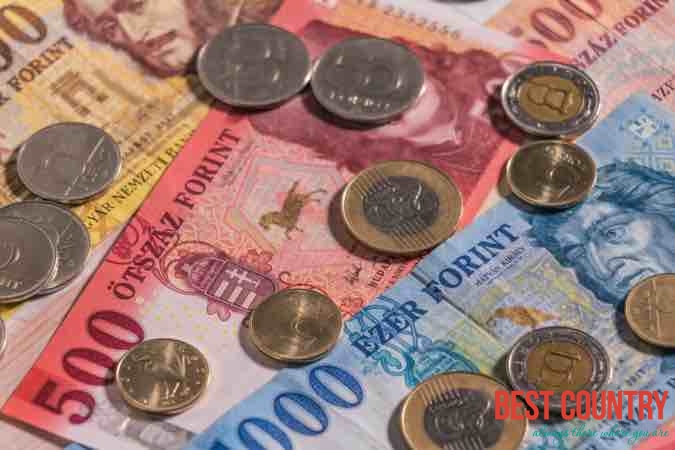Currency of Hungary (money of Hungary)

It was formerly divided into 100 fillér, but fillér coins are no longer in circulation. The introduction of the forint on 1 August 1946 was a crucial step in the post-World War II stabilisation of the Hungarian economy, and the currency remained relatively stable until the 1980s. Transition to a market economy in the early 1990s adversely affected the value of the forint; inflation peaked at 35% in 1991. Between 2001 and 2022, inflation was in single digits, and the forint has been declared fully convertible. In May 2022, inflation reached 10.7% amid the war in Ukraine and economic uncertainty. As a member of the European Union, the long-term aim of the Hungarian government may be to replace the forint with the euro, although under the current government there is no target date for adopting the euro.
Banks in Hungary
There are several banks operating in Hungary. Some of the major banks in the country include:
-
OTP Bank: OTP Bank is the largest commercial bank in Hungary and one of the largest in Central and Eastern Europe. It offers a wide range of banking services to individuals, businesses, and institutions.
-
K&H Bank: K&H Bank is a subsidiary of the Belgian KBC Group and provides banking services to retail and corporate customers in Hungary. It offers various financial products and services, including loans, savings accounts, investment solutions, and insurance.
-
Erste Bank Hungary: Erste Bank Hungary is a subsidiary of the Austrian Erste Group Bank. It offers retail, corporate, and private banking services in Hungary, including loans, mortgages, savings accounts, and investment products.
-
Raiffeisen Bank Hungary: Raiffeisen Bank is a subsidiary of the Austrian Raiffeisen Bank International. It provides a wide range of banking services, including retail and corporate banking, financing, investment products, and insurance solutions.
-
Budapest Bank: Budapest Bank is one of the leading banks in Hungary, providing retail and corporate banking services. It offers various financial products, including loans, credit cards, savings accounts, and investment options.
These are just a few examples of banks in Hungary. There are also other international banks operating in the country, as well as smaller local banks and credit institutions.